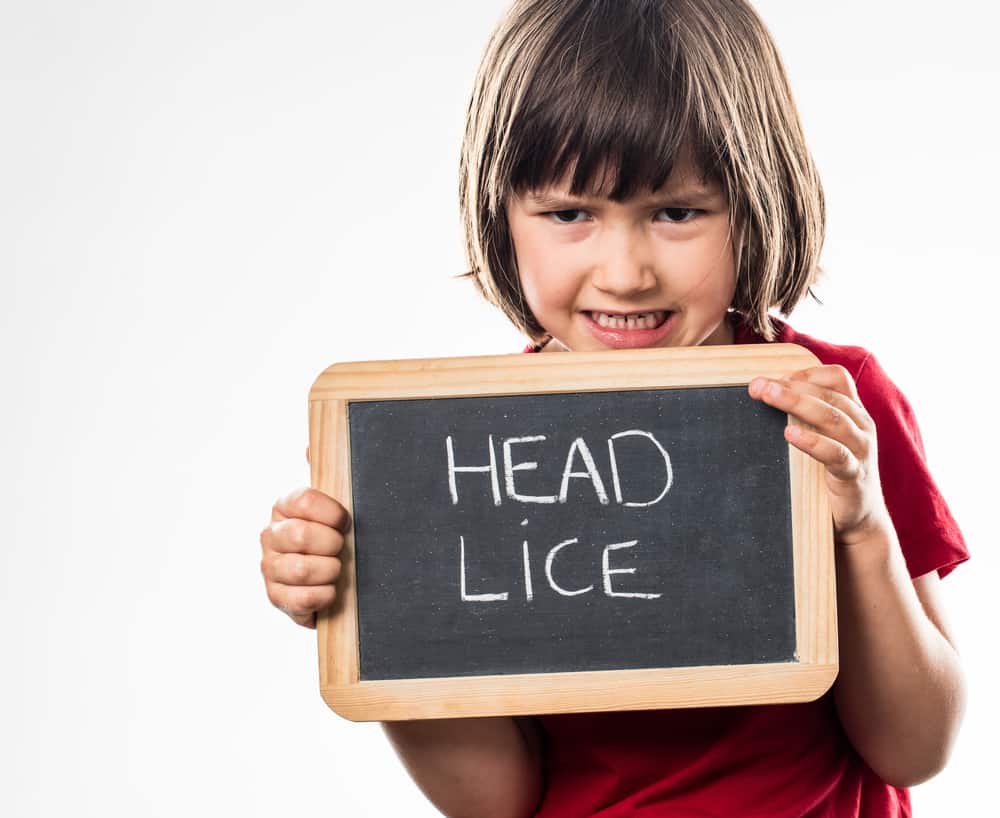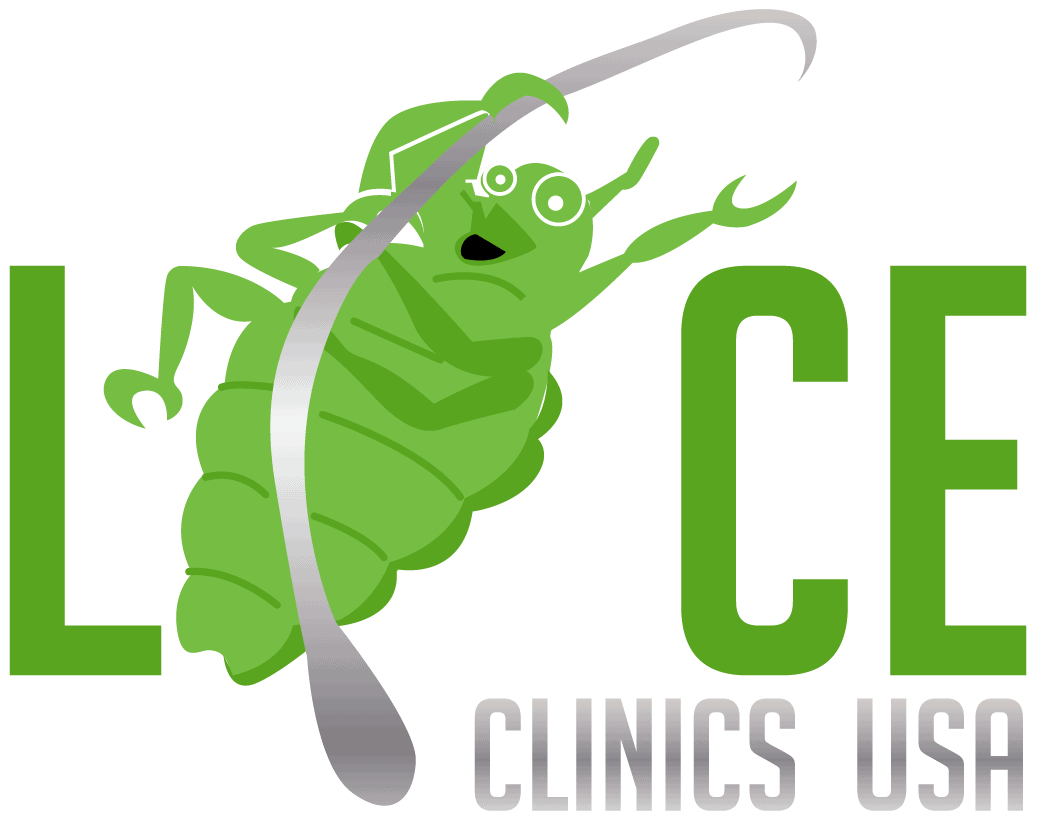How Common Are Head Lice?

Welcome to your source for all things head lice. Lice Clinics of America St. Charles is a professional lice clinic that has all the answers to your head lice concerns. Many parents, when faced with the trial of head lice, have questions. Is it dangerous? How easily does it spread? How common is head lice?
-Head lice are not only common, but the numbers might even surprise you! It is estimated that up to 12 million children in the United States between the ages of 3-11 each year, according to the Centers for Disease Control and Prevention.
-This is not just a problem for small children. Some blame society’s fascination with selfies, the technology that brings teens closer together for long periods of time like iPods and phones, and even super lice for a current rise in head lice infestations seen in Jr. High and High Schools across the country.
-Head lice are actually one of the top 3 reasons children miss school. Often a child will miss days or even weeks at a time due to schools no-nit policies. Nits are extremely difficult to remove and according to some school policies must be completely eliminated to ensure the child is not contagious. Although many districts are changing their tunes about no-nit policies, it is always best to make sure your child is no longer harboring head lice or eggs before returning to school.
-Do not panic. Head lice pose no immediate danger. It is an annoyance and something that needs to be eliminated, but it is not a health hazard.
-Head lice do not prefer hair that is clean or unclean. Personal cleanliness is an important part of being rid of head lice, but not an indication of you will initially catch it. The old adage that only dirty, poor people can catch lice is completely false.
-Head lice may not be dangerous but are extremely contagious. They do not fly because they have no wings. Head lice are transferred from person to person most commonly by direct head to head contact. This could include sharing clothing or items that come into contact with hair such as helmets, hoodies, hats, headphones, etc.
-Head lice are not passed on by pets. In no way are human head lice looking for a dog or cat to make their new host. Pets play no role in the spreading of head lice.
-Head lice grasp onto hair strands by tiny claws on the tips of each of their legs. They crawl from hair strand to hair strand, sometimes burrowing into the skin to prevent contact with direct sunlight. They are light gray or brown in color and can be almost camouflaged when on the scalp of someone with similar hair color.
-The most common times for head lice outbreaks are summer camps, back to school, spring break and winter break from school when children of young ages spend more time in close proximity together. Although this is true for outbreaks, head lice are also commonly passed among sports teams, families and other groups of children that spend a lot of time together.
